The Truth About High Fructose Corn Syrup
This post may contain affiliate links. As an Amazon Associate, I earn from qualifying purchases. Please read my disclosure.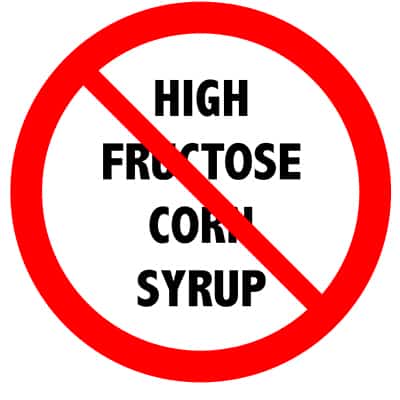
I was really excited to have my first article What’s The Deal With High Fructose Corn Syrup? published on Blogcritics recently! After talking to a few friends, it seemed like it would be helpful to post it here as well. High Fructose Corn Syrup (HFCS) has been slammed in the news a lot recently – with studies tying HFCS to obesity, diabetes, among other chronic health conditions. The media and other health organizations are urging consumers to stay away from HFCS, and are asking food manufacturers to remove it from their products. And SNL recently did an awesome skit highlighting HFCS.
As a response, the Corn Refiners Association launched a campaign comparing HFCS to table sugar, disputing the claims that HFCS is unhealthy, and advocating for a change in the sugar’s name to “corn sugar.” The Corn Refiners Association has made statements that claim HFCS is “made from corn,” “is natural,” “has the same calories as sugar or honey,” “is nutritionally the same as sugar,” and “is fine in moderation.”
So, what exactly is HFCS? How is it made? And contrary to what the Corn Refiners Association claims, is it really bad for you?
To start, HFCS is basically corn syrup (glucose) that is treated with enzymes to convert it to fructose. Its then blended with pure corn syrup to produce a substance that’s 55% fructose and 45% glucose. Table sugar has a 50-50 fructose-glucose ratio, but the difference is that in HFCS – the fructose-glucose bonds are artificially generated, making them more chemically unstable. So while it is made from corn, I don’t think you could make the claim that it’s “all natural” – since it is a chemically treated, processed, man-made product.
Does HFCS have the same calories as sugar or honey? Yes (both have 4 calories per gram). Is it fine in moderation? Maybe. There have been studies that show that the while glucose is metabolized in every cell in the body, fructose is broken down only in the liver – lowering the levels of “good” (HDL) cholesterol and raising the levels of “bad” (LDL) cholesterol. And yet, the Corn Refiners Association has studies that show that HFCS is broken down in the body the same way regular sugar is.
Additionally, because the price of corn is kept low through government subsidies, HFCS is a much cheaper sweetener than regular cane sugar. HFCS also acts as a shelf stabilizer – extending the life of packaged goods. Because of these two factors, HFCS can be found in everything – it is in: yogurt, bread, crackers, canned fruit, ketchup, spaghetti sauce, most packaged desserts, cereal, soda, juices, fast food, ice cream, oatmeal, waffles, chocolate, granola bars, salad dressings – the list goes on and on.
The problem here is that this added sweetness from HFCS is found in products one wouldn’t even expect to be sweet (bread and crackers, for example). This ends up making the “consumption in moderation” guideline nearly impossible – because there is hidden HFCS everywhere.
Just take a look at a few standard products in the pictures below: soda, yogurt, ketchup, bread, and pancake syrup. It’s actually shocking that there is HFCS in some of these products — like bread!





So that brings us back to the original question: is HFCS bad for you? My short answer would be – yes. For two reasons: 1) It is a processed, chemically modified ingredient and 2) It is hidden in so many foods that even if you try to avoid eating desserts, you could still be getting a ton of sugar from the HFCS in bread, granola bars, etc. While it may be the same as sugar in terms of calories, you’d never consciously add a couple of teaspoons of sugar on top of a turkey sandwich would you? Eating packaged foods that contain HFCS is akin to doing so.
The good news is, many companies are moving away from using HFCS in their products, so you can find good packaged food options that don’t have any added sugars in them. Just remember to read the label and look at the nutritional information – for example, bread with 10g of sugar likely has either added sugar or HFCS, which you should stay away from. Despite the Corn Refiners’ Association’s claims that HFCS is fine, I would much rather eat regular sugar in desserts in moderation vs. a chemically created sugar that’s in every product under the sun. I hope this is helpful – staying away from HFCS is really easy to do can only help your efforts to lead a healthier, less processed lifestyle.
Check out these other helpful healthy eating guides!
- The 15 Healthiest Cereals for breakfast
- Healthiest Bread Brands
- 15 Pantry Meals You Can Make in 30 Minutes



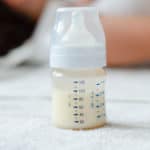

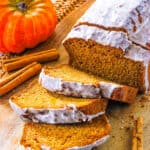



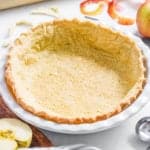



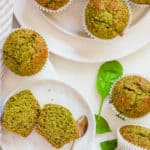
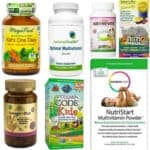
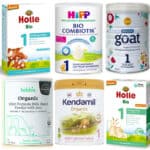



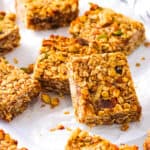




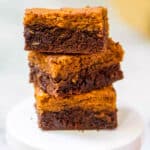










I stumbled onto this article while looking at your healthy eating tips. I can’t believe that some people still try to deny how bad high fructose corn syrup is for you. Industry interference from the Corn Refiners Association is so typical. Corporations will do anything make their products look better, like how McDonald’s tries to claim that its food isn’t really as bad as it seems despite the overwhelming evidence to the contrary. I can’t believe that high fructose corn syrup is even in bread too! That is completely ridiculous! Thanks for writing about this. I’m definitely going to be more careful with reading labels.
No problem, I’m so glad this post was helpful for you Anna! And I totally agree, it’s terrible how deceptive food packaging and corporations can be. Reading labels is key – the ingredients list is really where you can find out what’s actually in your food!
A couple issues ago Eating Well did a piece on HFCS and their own studies/research concluded that your body didn’t recognize any difference between HFCS and regular refined sugar. While I’m a supporter of solid science this did not fit with what I learned from Pollan’s books. Now I want to reread the article and compare it with what you said. I’m an avid label reader and do my best to stay away corn fed and corn sweetened products. Any subsidized agribusiness large enough to launch a marketing campaign out of the necessity to defend their products deserves a wary eye.
Yeah – I’ve seen articles like that too and I’ve always been a little bit skeptical, just because (as you mentioned) it doesn’t align with Pollan’s books. I think HFCS are more just a preservative than anything else, and it’s probably just good practice to avoid artificially made preservatives – they can’t be better or the same than the real thing (sugar) from nature.
Very informative, Congrats on being published!
Thanks Maris!
Great job of breaking it down easily for the everyday reader to understand.
Thanks Shannon! So glad it was helpful!
Awesome. I’m a fan of Michael Pollan, so I’ve been educated on this for a while now and am so glad that more people area learning about it. It’s a shame that HFCS is in everything…and so hard to avoid, even when you read labels.
I feel the exact same way – it’s really surprising and disappointing how many products have HFCS – even when they’re not even supposed to be sweet food products! Reading labels is definitely a good first step, and I also try to find alternatives at Whole Foods and Trader Joe’s that don’t have HFCS in it.
This is very helpful … I’ve read so much about this lately and really haven’t come away with a clear answer until now. Thank you!
I’m so glad – that’s what I was trying to accomplish with this article. So happy it was helpful for you!
Great piece (and congrats!). Corn sugar…right?
Thanks Belinda!